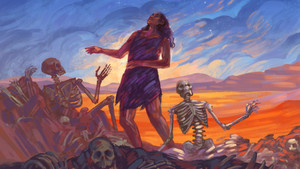
5:48

Unpack the history and origins of this extraordinary collection of writings to look closer at what you'll find in your Bible today.

Episode 2

Episode 1

Episode 2

Episode 3

Episode 4

Episode 5

Episode 6

Episode 7

Episode 8

Episode 9

Episode 10

Episode 11

Episode 12

Episode 13

Episode 14

Episode 15

Episode 16

Episode 17

Episode 18

Episode 19